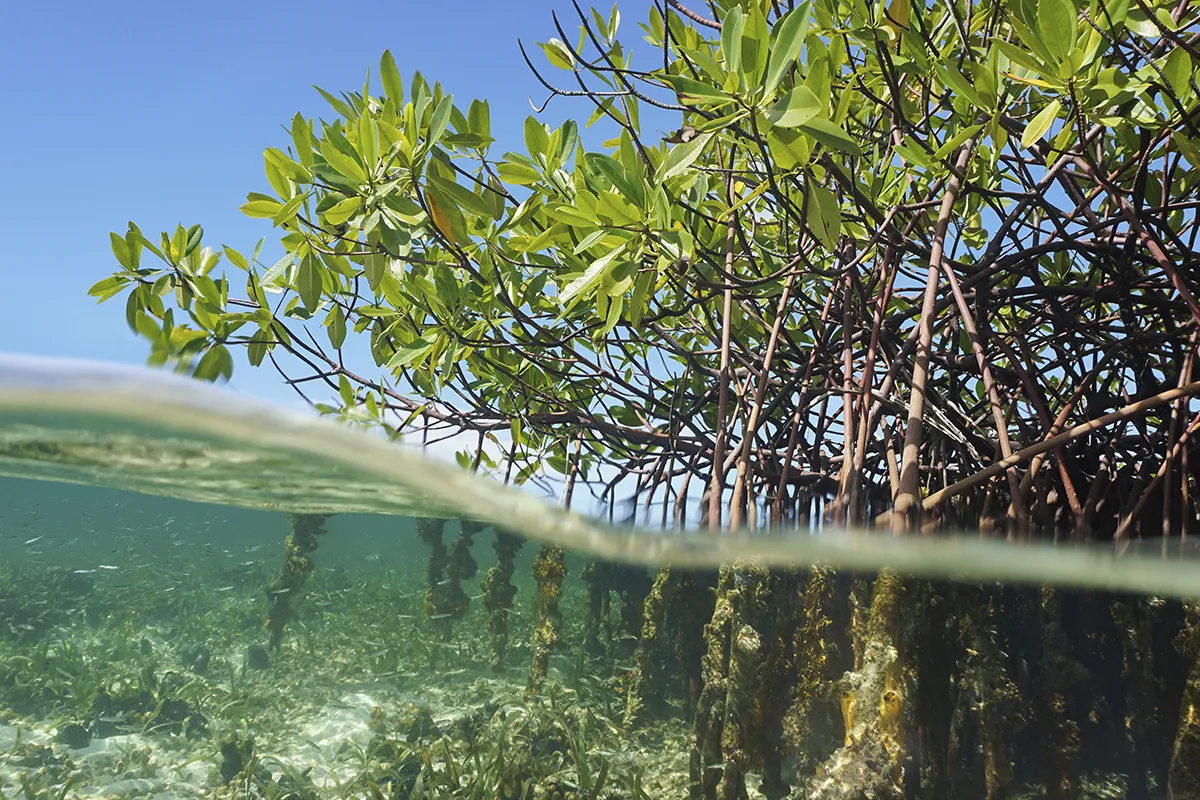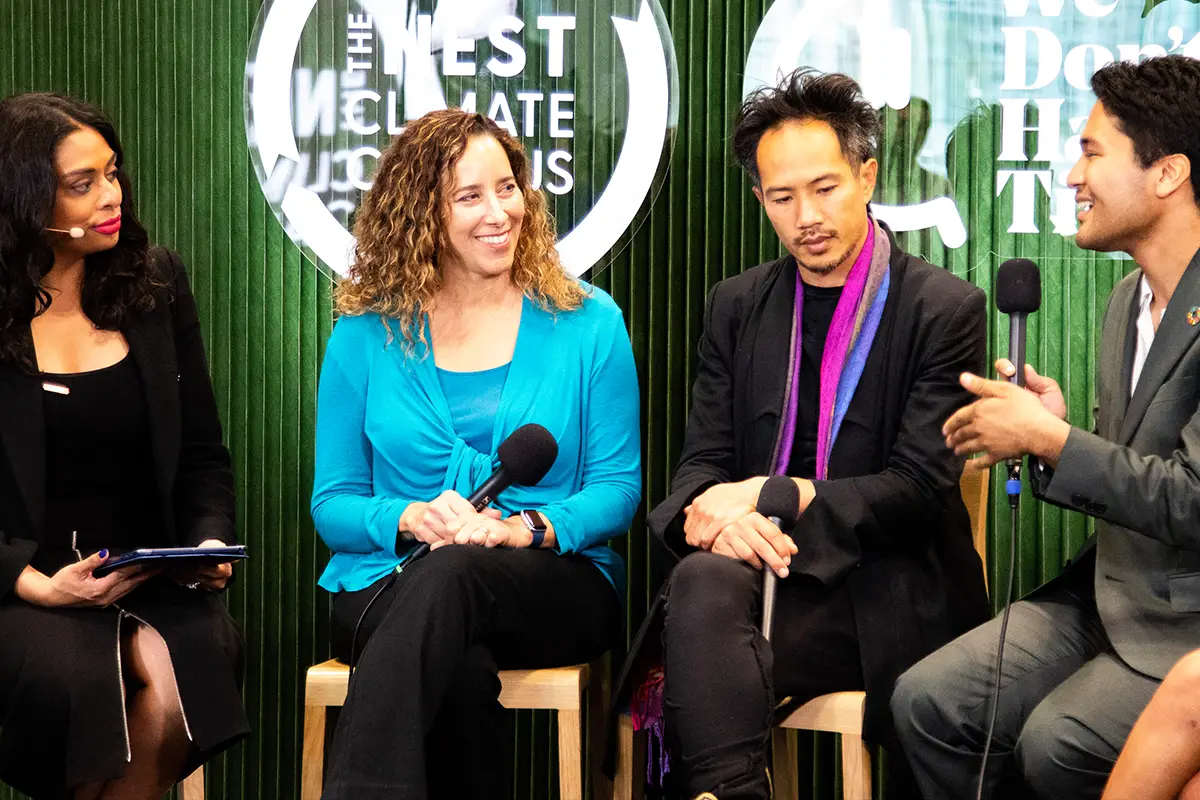It's Not Just About the Trees - Restoring Forests Begins with Understanding the Land
.webp)
It is nearly impossible to conceptualize the amount of land we need to reforest across the planet to address climate change.
Sometimes people are overwhelmed even imagining it. I see it as the greatest opportunity of our lifetime. We, the people alive today, who know the Earth is out of balance and needs to be healed, owe it to the future generations to do something significant to stabilize the climate and protect and promote biodiversity.
Humans have been altering landscapes for a very long time. Sometimes the shifts are so slow they appear insignificant. Shifting baselines are difficult to track; generations of people see different things and assume the new “normal” has always been the natural state of things. But degradation shifts into a downward spiral and can have a domino effect on ecosystems, until there is little or nothing left.
To reverse centuries of degradation, we will need to first understand how we got here. Restoring a forest isn’t just about planting seedlings — it’s about delving into a landscape history, and then supporting all of the elements to bring back an ecosystem.
Our restoration process at Terraformation’s Kohala site, Pacific Flight at Kaupalaoa, began with a deep understanding of the land's history. The region was once a dry forest, an open woodland with hardwood species, including Acacia koaia (koaia), Santalum paniculatum (sandalwood), and many others.
That is all gone now, destroyed by a string of extractive events, each building on the last. It began with decades of logging to remove the trees; this was followed by cattle grazing, which destroyed the soil. Next, a series of invasive species introductions crowded out the remaining native plants and now fuel brushfires. The latest chapter in this history of degradation is wind: with nothing left now to break its speed, wind rushes down the mountain and across the land, blowing the remaining topsoil into the sea. The wind is so fierce that it seems like nothing could ever grow there again.
Restoration begins with the soil
Landscape restoration progresses from the bottom up. At a global level, climate scientists say that the major limiting factors for restoration are water and soil nutrients. This is clear to me as I talk to people on the ground all over the world who are trying to restore the degraded lands in their regions.
Soils across the globe are suffering from industrial land management techniques based on heavy machines and chemicals. Tilling soil and opening it up dries it out and desiccates the beneficial microbes and bacteria vital to keeping plants healthy. Tilling also releases soil carbon, the largest terrestrial carbon sink on Earth.
But there is hope; nature is surprisingly (and delightfully) resilient. Even in a site as degraded as Pacific Flight at Kaupalaoa, we start by looking for the tiniest of inroads to begin rebuilding the soil. Some native ground covers and small shrubs are still present, even in a place that looks barren — we have found beautiful native plants such as Jacquemontia sandwicensis, paʻu oʻhiʻiaka, and Sida fallax, ʻilima. They have barely kept hold in the landscape, but they are there. And they are where we start. These groundcovers stabilize the soil and hold in moisture.
We support these few native plants with new seedlings from our nursery. And these we inoculate with mycorrhizae to withstand the harsh and dry conditions and restore the soil. The mycorrhizae provide protection to the root tips to withstand drought, and provide increased nutrient and water uptake capability.
Building up
The groundcovers create an opportunity to reintroduce more small shrubs, such as Dodonaea viscosa. Though these may not grow large in the windy landscape, they are hardy and start to build short wind barriers for other species. And they provide leaf litter and humic material to continue rebuilding the soil.
Once some small plants reestablish, they cut the wind and create microhabitats to support the reintroduction of the tree seedlings. These “islands” can grow rapidly, with each successful reintroduction supporting the next. It is from these tiny islands — microsites of progress — that we can rebuild our world.
The shade of a humble shrub can birth the community of interdependent species that is a forest: a community that graciously shares its space, shields one another from the wind, and warns each other of danger. This is the work of restoration.















